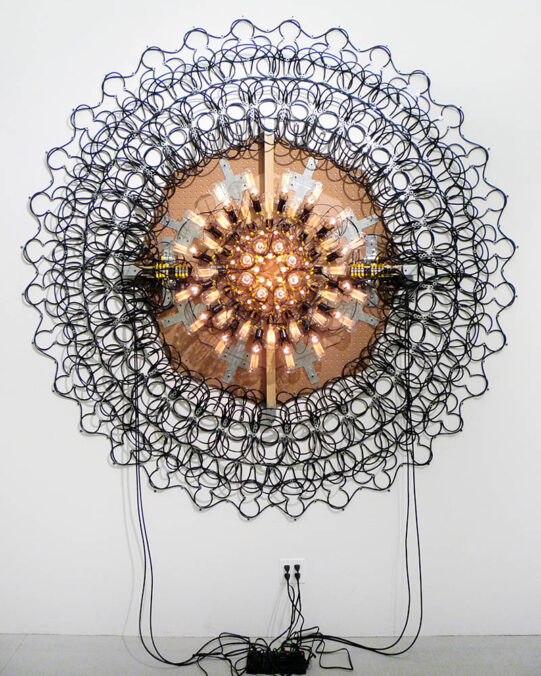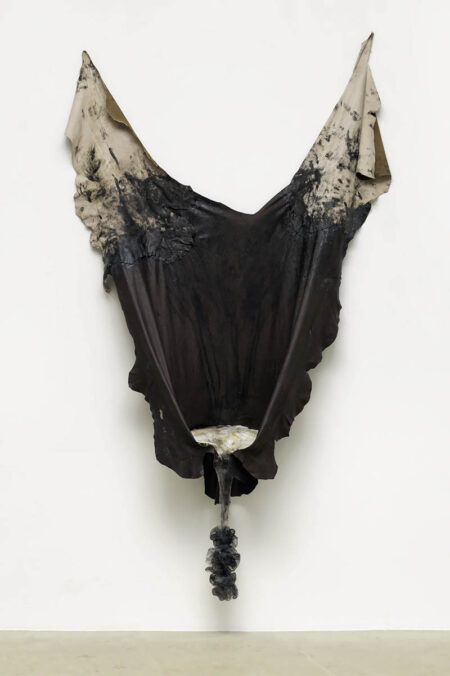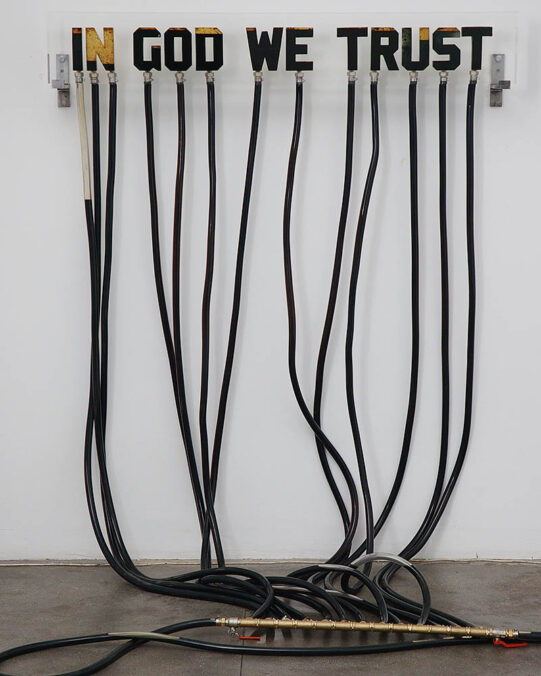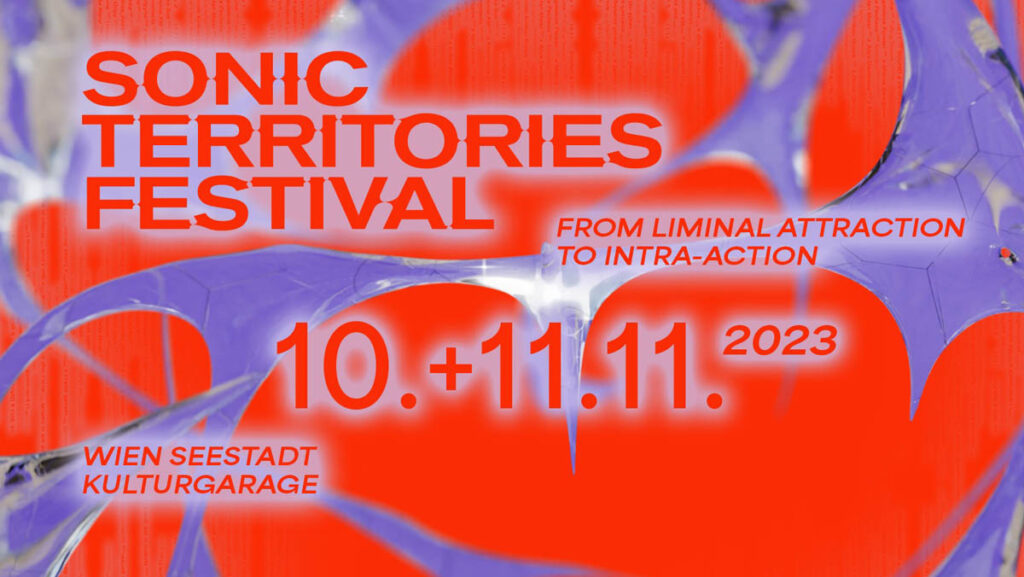
Erka Shalari: I’m sure you’ve been asked numerous times how the collection devotion started or which was the first work that you bought. Nevertheless, I have the feeling that time gives us new layers of understanding, allowing us to make fresh perspectives. Personally, it took me years to realize that writing has always been a part of my life, it is somehow woven into the fabric of my family. So, I’m curious about your journey. Where does your love for collecting stem from, and how has it evolved over time?
Fabio Agovino: It’s true, as a collector, the first question they ask you when interviewing you is: what is the artwork you started collecting with? This is the reason why everyone knows that I started with a Mario Schifano’s piece and then moved into contemporary. But it’s also true, as you say, that there are feelings that you’ve been carrying around with you from the beginning of your life, that you often don’t even know fully, that lead you to a path you didn’t know you could take, and so my questions about the world became the trigger to start an art collection.
What does your first purchase, Mario Schifano’s „Paesaggio anemico“ mean to you?
My collection is a way of putting and holding things together, a vision and a way of understanding life, the every day we live, and so many thoughts and visions arise from it.
My idea of collection is dynamic, and even though the first work may have a special meaning, a symbolic power, it’s always part of that flow of thoughts with which to explore and maybe understand the world.

Marinella Senatore, How Do U Kill The Chemist, 2009, 20 C-Prints su carta/20 C-Prints on paper 60 × 40 cm; each (series of 20)
60 × 40 cm; each (series of 20)
You also work in the banking sector. At Widiba Bank you’ve initiated numerous groundbreaking projects like Encounters, Talks, and Discussions, which bring contemporary art with economic aspects of the art world closer. I’m curious to hear your perspective on the relationship between banks and art. Furthermore, I’d also like to learn more about the artwork of Marinella Senatore that you’ve chosen to exhibit in the bank’s hallway.
I have been working as a financial advisor for many years and have recently started a new career with Zurich Bank, which will host some of the works from my collection in its Naples office, among which there will be a work by Marinella Senatore.
Work and art are both part of my life and so I have tried – and still do – to bring these two worlds, which intertwine in so many places, closer together.
Banks today make a lot of investments in art and culture because they understand that it is important to protect people’s freedom of thought and artistic expression, ultimately contributing to the collective well-being of society. Marinella Senatore’s research moves between art and activism, investigating human relationships, and it is for this reason that I decided to include her work in a bank space, to make reflections on the relationship between private and public.

Tobias Zielony, Vela gialla, 2009, C-print, 93×114 cm. Edition of 6, 2/6
Could you specify a gallery or gallerist who holds a crucial role in your journey as a collector?
Recently passed away one of the people I most admired, a young gallery manager with whom I shared many projects, a friend with whom I spent great moments, I’m referring to Marco Altavilla, director of T293, a gallery which means a lot to me.
There are so many connections and friendships that were born thanks to T293, I can’t do anything but remember it.
Could you share some memorable experiences you’ve had with artists from your collection? An example?
Over the years, I have been lucky enough to meet lots of artists, many beautiful friendships were born. I could mention so many stories, I remember endless dinners spent talking, adrenaline-pumping moments experienced before the opening of an exhibition, the joy of seeing a catalogue published and a dedication inside, of seeing how my daughters‘ collection grows, filled with artworks donated and created especially for them by so many artist friends.

ALBERTO TADIELLO, Taraxacum, 2012, Mdf wood panels, iron brackets, cables, bulb lamps, dimmers, 220 x 20 x 220 cm 
Ser Serpas, fresh roused splint hand, 2022, found objects, 189 x 153 x 30 cm (74 1/2 x 60 x 12 in)

Raphaela Vogel, „Iltschi“, 2015, Oil, varnish on elk and goat leather, silicone, polyurethane elastomer, plastic net, 246,5 x 141 x 38 cm 
Andrei Molodkin, IN GOD WE TRUST, 2008, acrylic block filled with crude oil, tires around, 50 x 150 x 20 cm, ed. 2/3
I have the feeling that in your collection religion is a theme. Refering here to works such as Andrei Molodkin’s „IN GOD WE TRUST“, „Dio Ce“, or Luca Bertolo’s „Madonna grigia o Madonna del migrante“; furthermore few exhibitions you’ve curated in Naples had the „San Giuseppe delle Scalze in Pontecorvo“ church as a setting. Can you tell us something?
Yes, many works in my collection have allusions to spirituality, but not necessarily religious. I am a believing person, religion is something that helps me answer some questions about the meaning of life, and this aspect is clear in my collection as well, where, however, there is much more than the religious aspect, there is a real search for what is beyond, for what is not understandable.

Aras & Fabio Agavino, Portrait
You collect artists of your generation, a little younger, a little older. Can you tell us more in this direction?
In my collection, I have older, established artists and younger artists, but it is not a system I apply to my choices. I really like to support young artists, because I believe in them, because they have the ability to narrate the present with great sensitivity, critical sense, and also with a lot of fears and visions, but that doesn’t bring my gaze into one perspective.
In the „About“ section, you describe your collecting philosophy as follows: „Collecting is a continuous experience of learning and questioning reality, it is a desiring practice that extends between past and future, it is a gesture that does not end, because its meaning lies in the movement that occurs when a threshold is crossed“. Do you want to add something?
As I have mentioned before, collecting is a way of seeing and orienting ourselves in the world, an invitation to a view of our reality much more from the inside, deeper even, careful and passionate about detail, and often it’s not simple, it’s shocking, to push yourself beyond your limits.
How would you portray Palazzo Sessa?
Palazzo Sessa has played an important role in my collection, but so do many other places, such as Le Scalze, the Purgatorio Church in Matera, the Aquapetra Resort. I am often looking for new spaces, because places contain stories, our stories, of the past, present and future. My new collaboration is with Cantina Agricola Bellaria, a winery in Irpinia, which matches tradition and innovation.
What responsibilities surround the role of the collector Fabio?
Exhibition programs, residencies, relationships with local areas, are all elements that show the growing social responsibility of collecting. There are many collectors who are sensitive on the social side, who believe that art is an engine of cultural and social development, as well as an asset in which to invest, and among them I believe I place myself.
In this context, could you share the names of a few collectors whose approach inspires you?
It is not easy to answer the question, each collector has his unique vision, but a special thought definitely goes to Ernesto Esposito, an important collector from Naples, who one day gave me a watch that belonged to Beuys, and then there are Vittorio Gaddi, and also younger collectors like Fabio Frasca and Matteo Novarese. Together with Matteo, we opened an exhibition at Aquapetra with the two Collections.
Is there any wish for the future of the collection?
I don’t have one in particular, my collection follows my life so I hope it continues to give me the opportunity to have another way of thinking and doing, another way of living, another gaze on things.
*Collezione Agovino comprises around two hundred works, including painting, installation, video, sculpture, and photography. A list of the artists part of the collection: www.collezioneagovino.com/artists/
Collezione Agovino – Website IG
Erka Shalari (b.1988, Tirana) is a Vienna-based art writer. Since 2020, she has been working as International Editor at Les Nouveaux Riches.







